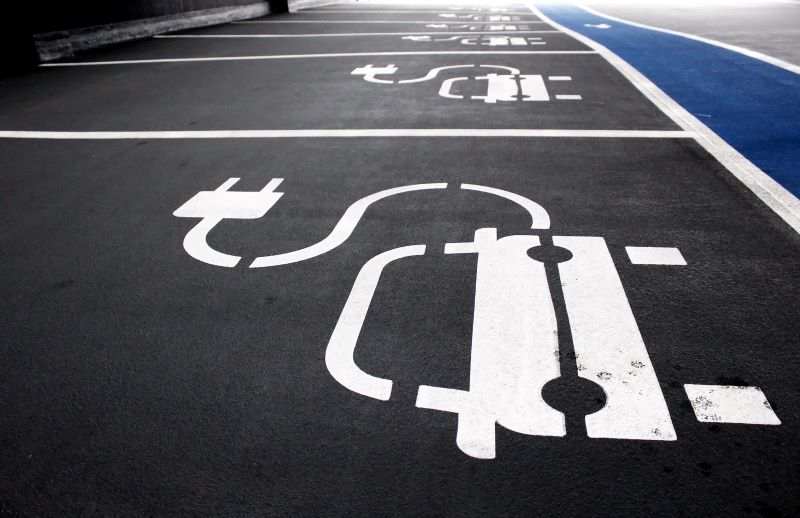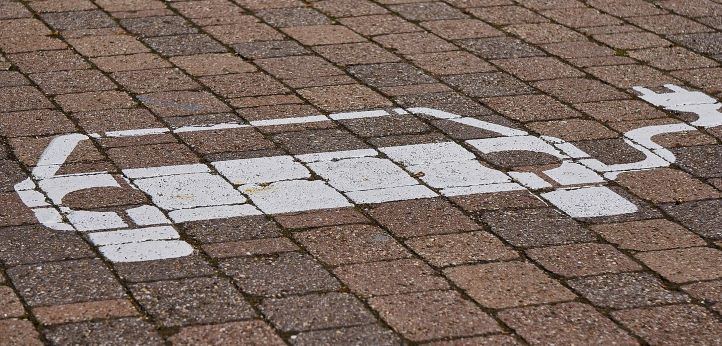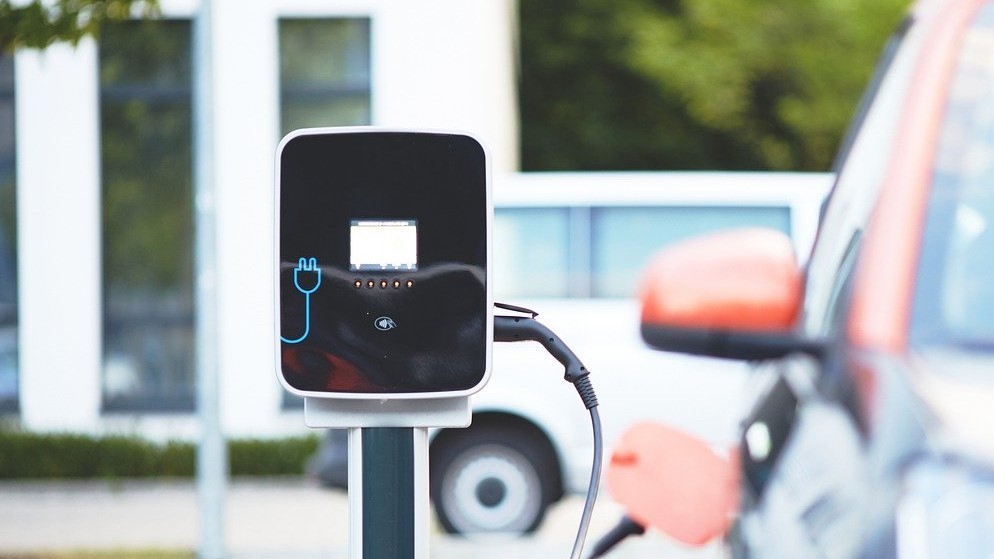Today, the Federal Government adopted the Charging Infrastructure Master Plan II. Reinhard Zirpel, President of the Association of International Motor Vehicle Manufacturers, emphasized: “The new master plan points the way for the further development of the charging infrastructure in Germany, it identifies the right instruments and measures. The decisive factor now is the speed of implementation. This is because by far the largest proportion of the charging points needed for the 15 million e-vehicles targeted by 2030 have yet to be built. The charging infrastructure must not become a bottleneck for the success of electromobility.”
Numerous individual measures must be interlinked when building and expanding the charging infrastructure. It therefore makes sense to bundle all projects in a new master plan. The decisive contribution of the automotive industry is convincing electric vehicles. The brands represented in the VDIK already offer more than 180 market-ready electric models. When the first master plan was published almost three years ago, only about 50 electrified models were available from the VDIK members. And the VDIK member companies continue to rapidly expand their range of e-vehicles.
The international manufacturers are also contributing to the development of the refueling and charging infrastructure. For example, the VDIK member companies and their partners have already set up several thousand charging points. The task now is to quickly implement the master plan. This also includes a follow-up program for the successful wallbox subsidy of the federal government. Likewise, the development of a fast-charging infrastructure for heavy trucks urgently needs to gain momentum. According to current planning, some of the planned measures would come too late to significantly support the spread of fully electric heavy trucks.





